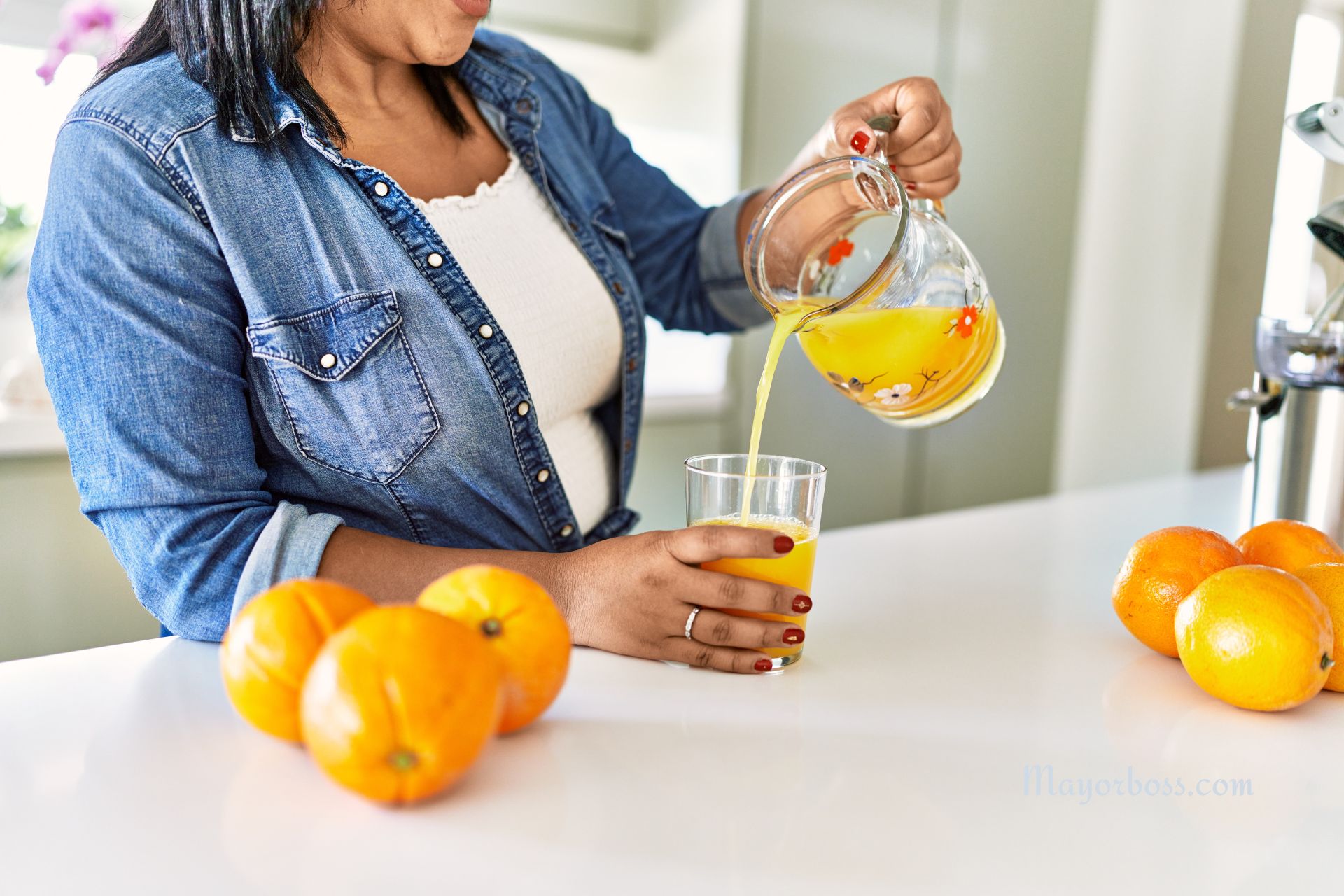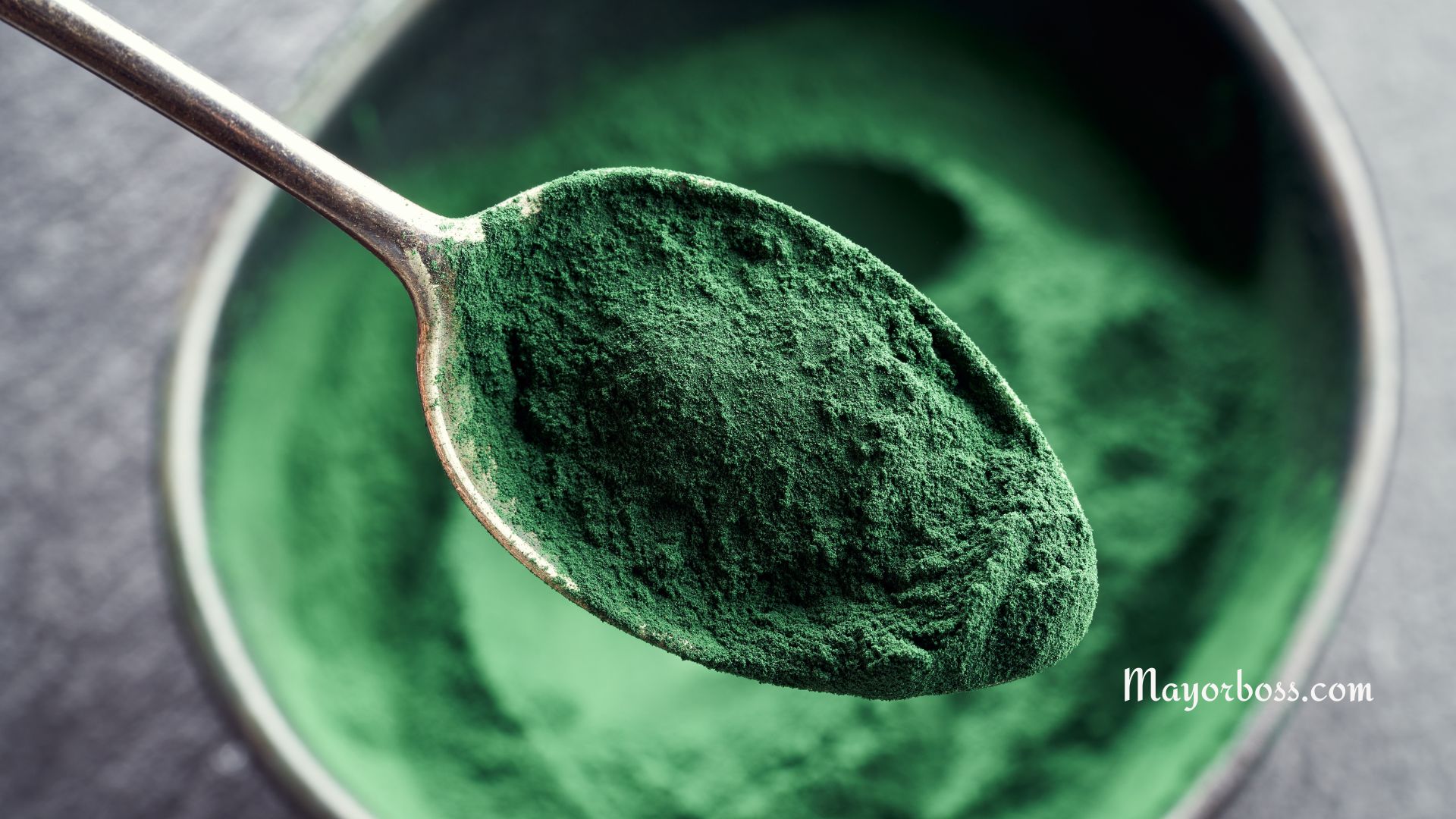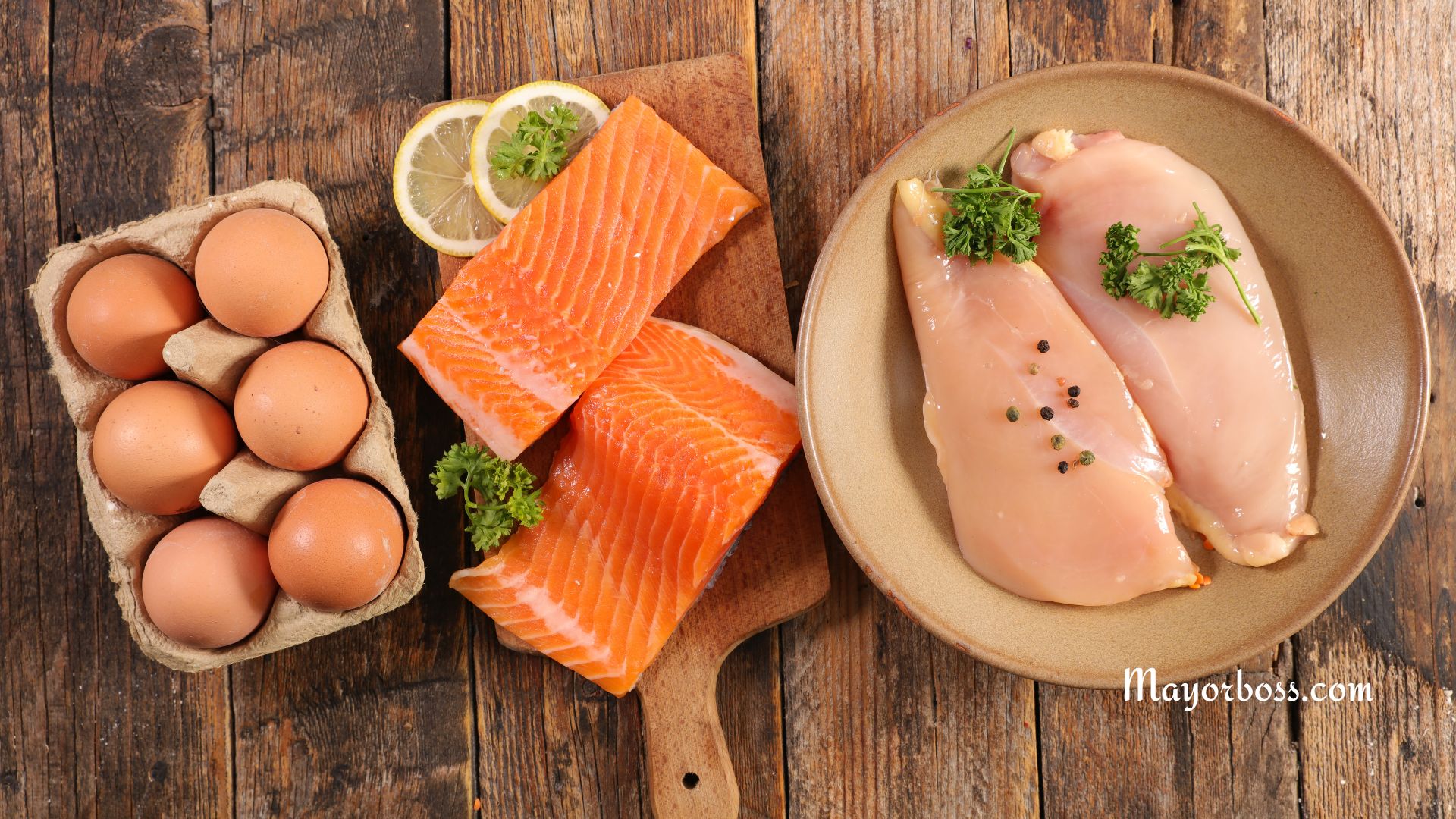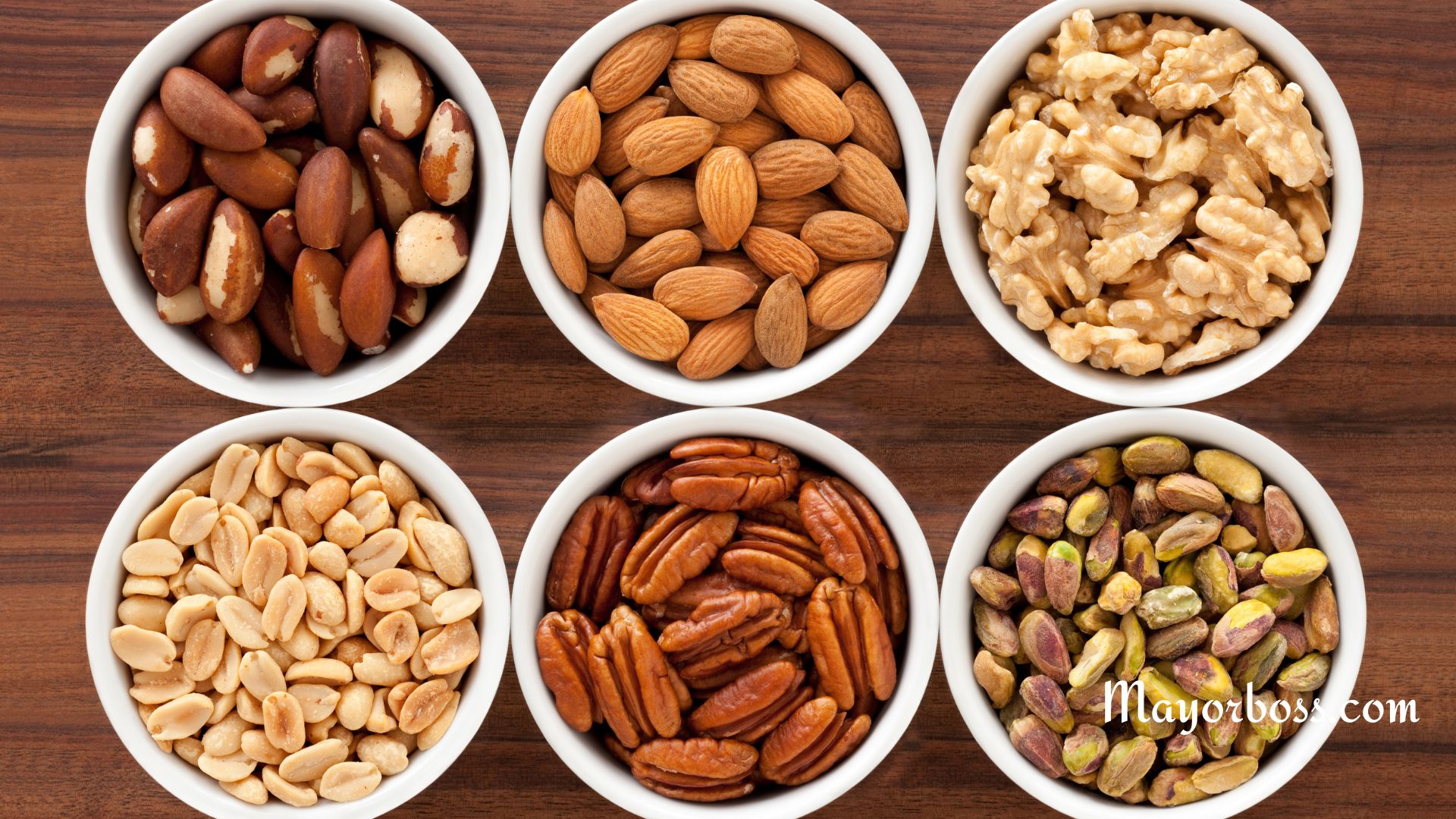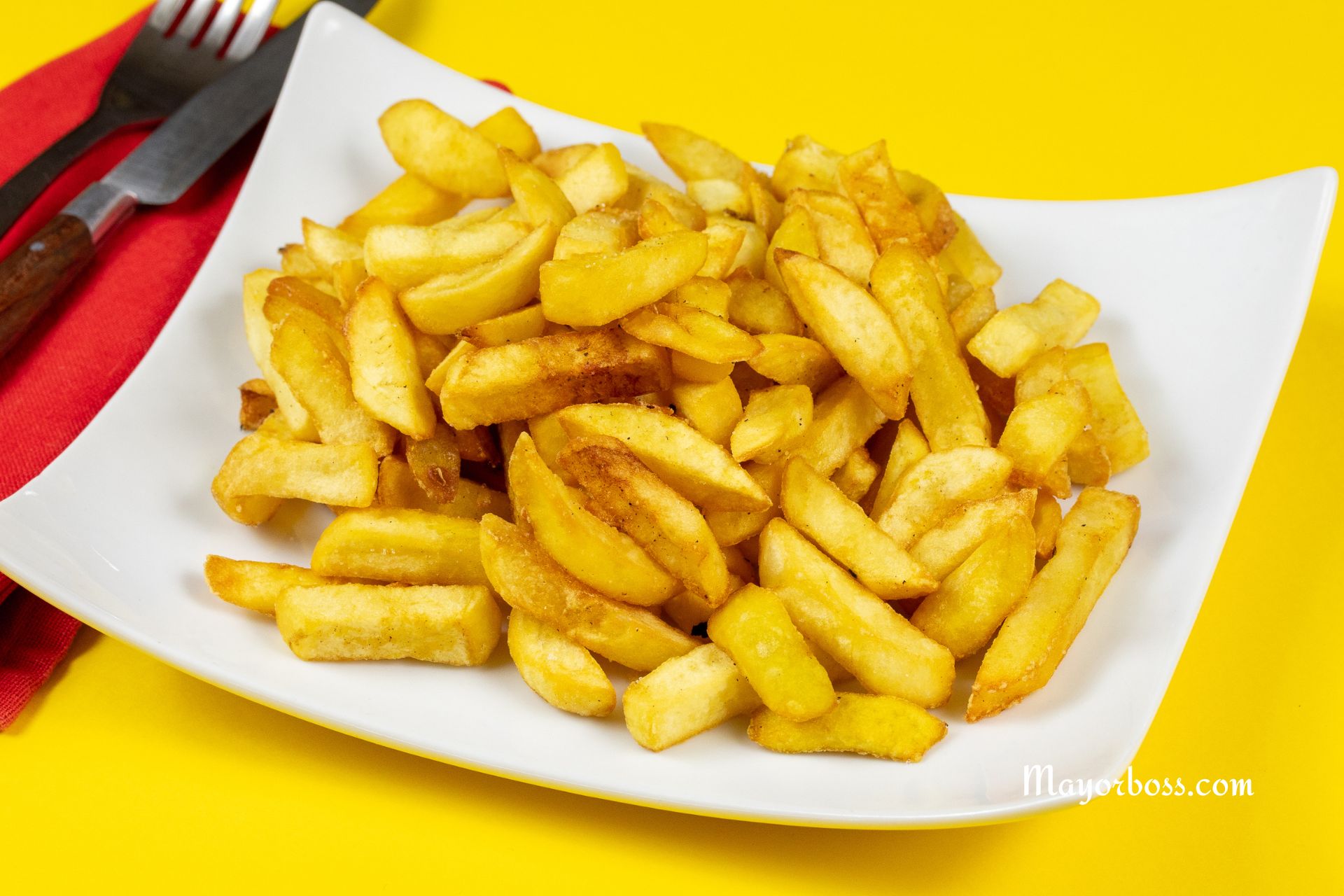How to Cook Potatoes to Make Them Delicious: Most Housewives Do It Wrong
To make potatoes truly delicious, you need to choose the right type, season generously, and pay attention to cooking time and technique. Boil in salted water just until tender, add a touch of oil for restaurant-style texture, and use just enough water to cover the potatoes. Avoid common mistakes like overcooking and letting them sit in excess water, which can leave them bland and watery.
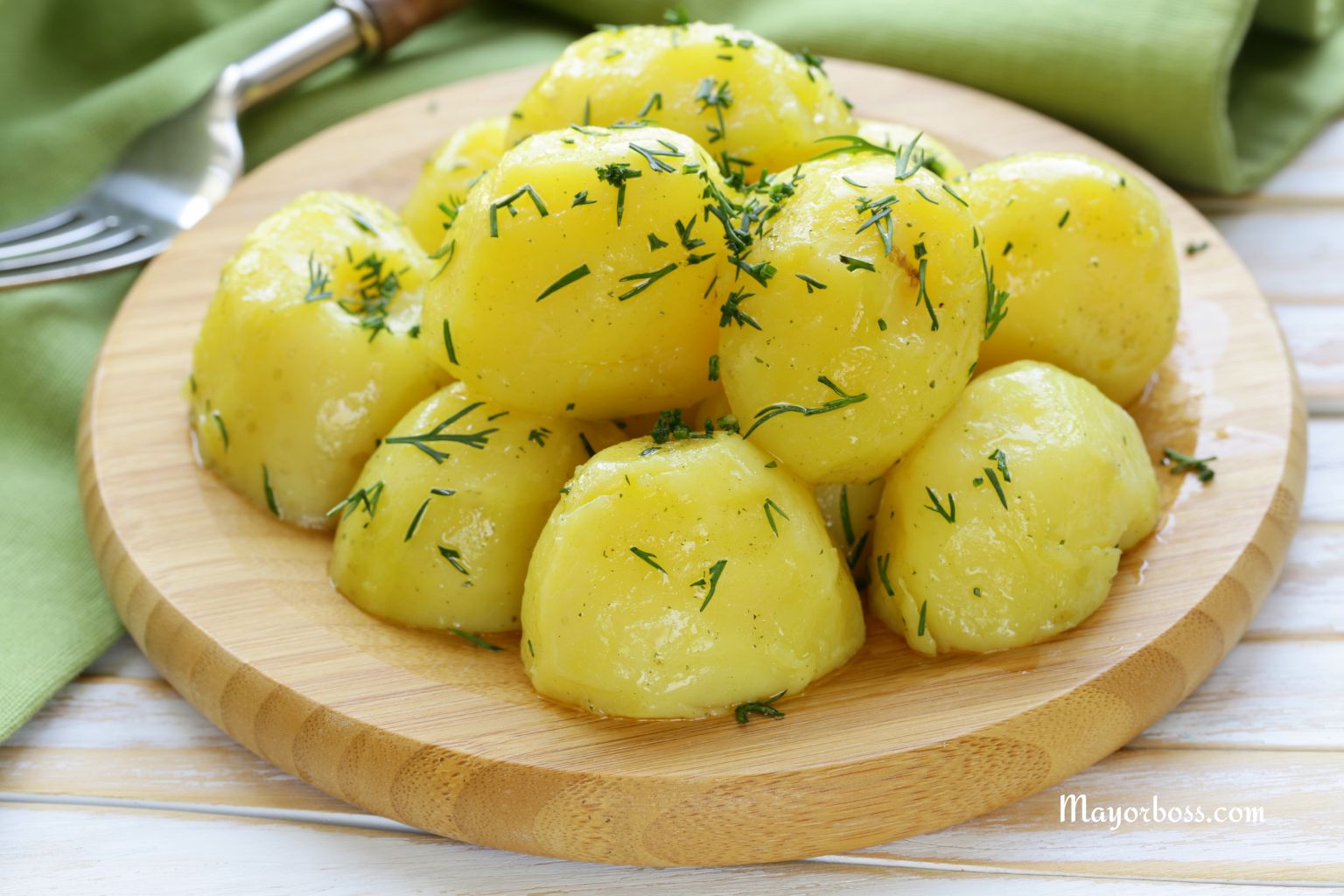
Potatoes are a staple, but getting them perfect isn’t always simple. You might aim for fluffy, flavorful potatoes and end up with bland, watery, or mushy ones instead. Where does it go wrong? Most problems start with potato choice, seasoning, and technique.
Start With the Right Potato
Different potatoes suit different dishes:
- Waxy potatoes (such as Red or Yukon Gold): Best for boiling and salads because they hold their shape.
- Starchy potatoes (such as Russet): Perfect for mashing, baking, or frying thanks to their fluffy texture.
- All-purpose potatoes: Versatile but may not deliver peak results for specific dishes.
Choosing the right type is the first step toward a restaurant-quality result.1
The Secret to Perfect Boiled Potatoes
If you’ve ever wondered how restaurants make their boiled potatoes taste so good, there’s a method to follow. Here’s how you can do it at home:
- Cut the potatoes into even pieces for uniform cooking.
- Add just enough water to cover the potatoes. Using less water is better—too much will dilute flavor and cause the potatoes to fall apart or get soggy.
- Put the potatoes in a pot of cold water. Bring the water to a boil, then lower the heat so it gently simmers.
- Salt the water toward the end of cooking. This trick makes the potatoes absorb seasoning evenly and enhances their taste.
- Add a spoonful of sunflower oil to the water. This creates a thin film on the surface that helps retain heat and speeds up cooking. The oil also makes the potatoes more tender and gives them a pleasant, smooth texture, just like you’d expect at a good restaurant.
- Check doneness with a fork. When the potatoes are just tender but not breaking apart, they’re ready.
- Drain well immediately after cooking and let them dry out briefly. This prevents them from soaking up too much water and turning mushy.
The Restaurant Trick for Crumbly Potatoes
Here’s a professional tip most home cooks skip:
Once your potatoes are cooked and you’ve drained off the water, put the pot back on the stove, uncovered, for about 40 seconds. Let the potatoes sit over the heat, stirring gently. This dries off any excess moisture on the surface of the tubers. The result? Potatoes that are light, crumbly, and never soggy—just like in a restaurant.
Why These Steps Work
Salting at the end means the seasoning doesn’t just sit on the surface—it penetrates and seasons the potato throughout. The sunflower oil helps the heat move efficiently, cooking the potatoes gently and evenly, while also helping them stay whole and tender.
If you use too much water, potatoes lose flavor and may fall apart. Keeping water to a minimum ensures they cook quickly and keep their natural taste and structure.
Flavors That Boost Potatoes
Potatoes are a blank canvas. You can make them shine by adding flavors:
- Herbs: Dill, parsley, rosemary, thyme, or chives add freshness.
- Spices: Black pepper, smoked paprika, garlic, or cumin for warmth.
- Fat: Butter, olive oil, or even duck fat for richness.
- Acid: A splash of vinegar or lemon juice brightens the taste.
Try finishing boiled potatoes with a drizzle of olive oil, a squeeze of lemon, and fresh herbs. For roast potatoes, sprinkle with rosemary and sea salt right out of the oven.
Other Cooking Methods for Delicious Potatoes
Roasting
- Parboil briefly before roasting, then drain well.
- Toss with oil and seasoning, then roast at high heat. Spread out the potatoes so they crisp up, not steam.
Steaming
- Use a steamer basket and steam until just tender. This method helps retain nutrients and creates a fluffy texture.
Mashing
- Boil starchy potatoes just until tender. Drain and let them dry, then mash with butter and warm milk for the smoothest, fluffiest result. Don’t overwork them—gentle mashing gives the best texture.
Common Mistakes and How to Avoid Them
- Starting with hot water: Always start potatoes in cold water for even cooking.
- Not draining well: Let potatoes dry after boiling or steaming. Water clings to the surface, making them mushy.
- Letting them sit in water: If you leave potatoes in water after cooking, they absorb extra water and become bland.
- Using the wrong potato for the dish: Double-check what kind you need before you begin.
- Skipping the seasoning: Season at every step—water, oil, and after cooking.
Chef Tips for the Best Potatoes
Professional kitchens often finish boiled potatoes with a drizzle of good oil or a sprinkle of herbs right after draining. A dash of acid, like lemon juice or vinegar, can also brighten the flavor and bring your dish up to restaurant standards.
Frequently Asked Questions
1. Why should I salt the water at the end when boiling potatoes?
Salting towards the end ensures the potatoes absorb seasoning evenly, making them tastier throughout.
2. How does sunflower oil help when boiling potatoes?
A spoonful of oil creates a heat-retaining film on the water, speeding up cooking and giving potatoes a tender, smooth texture.
3. Why use less water for boiling potatoes?
Too much water makes potatoes watery and can cause them to fall apart. Use just enough to cover them for the best result.
4. What’s the best way to drain boiled potatoes?
Drain them immediately and let them steam dry in the pot for a minute or two—this prevents sogginess.
5. Can I leave the skins on?
Yes, potato skins add flavor, texture, and nutrients. Just wash well before cooking.

